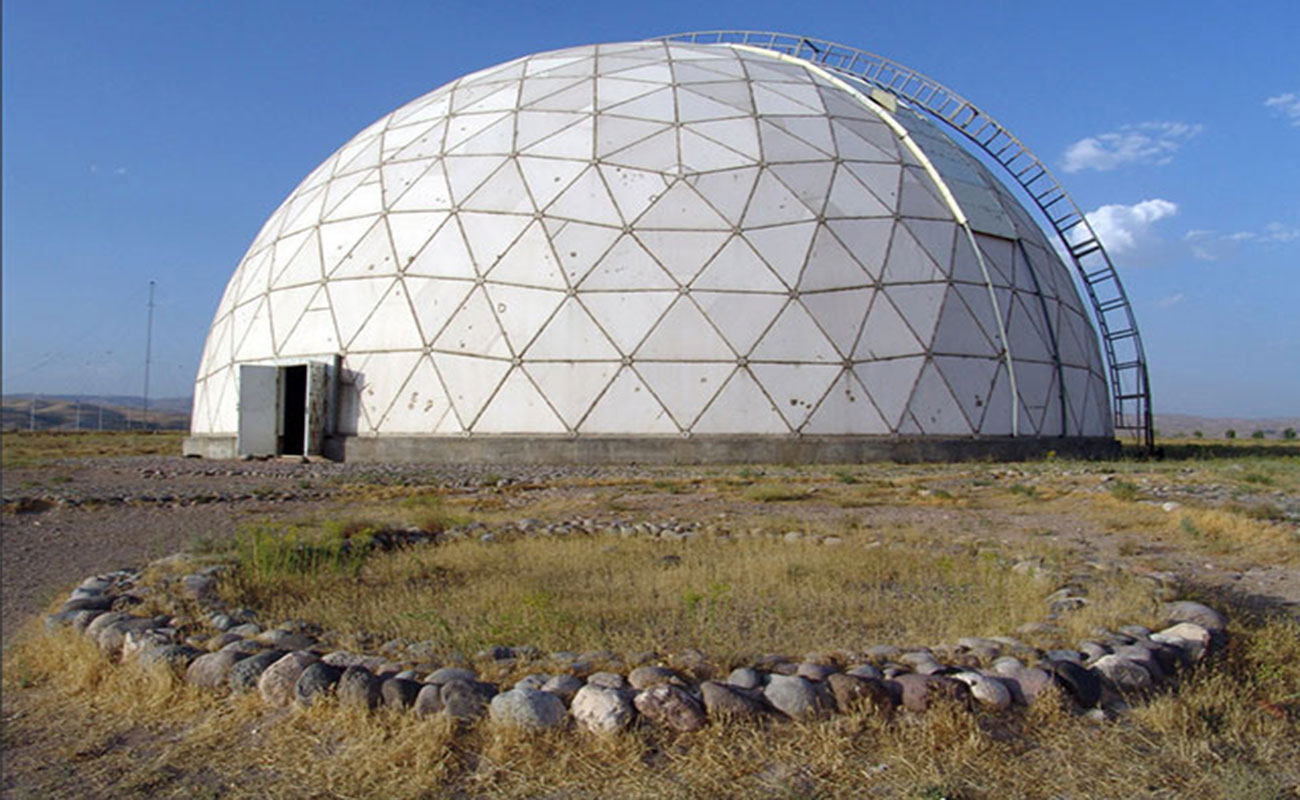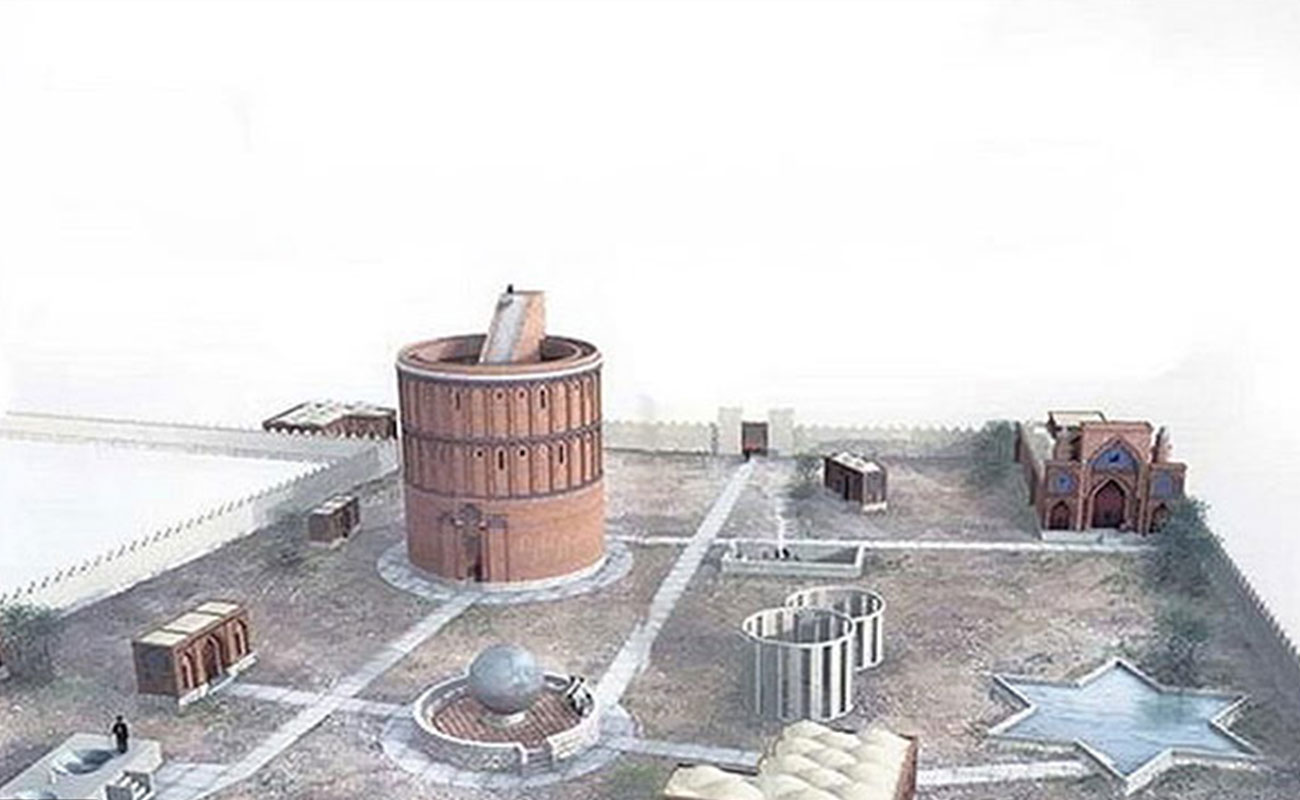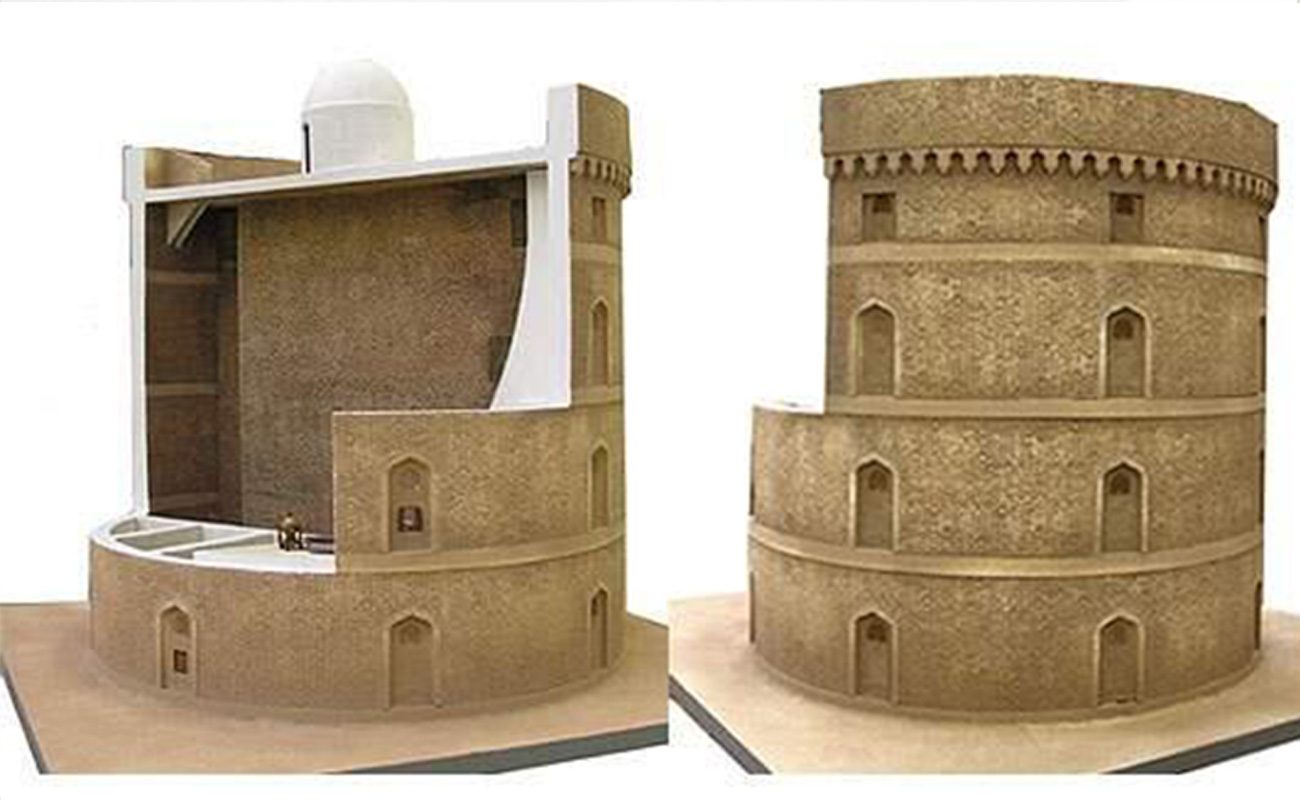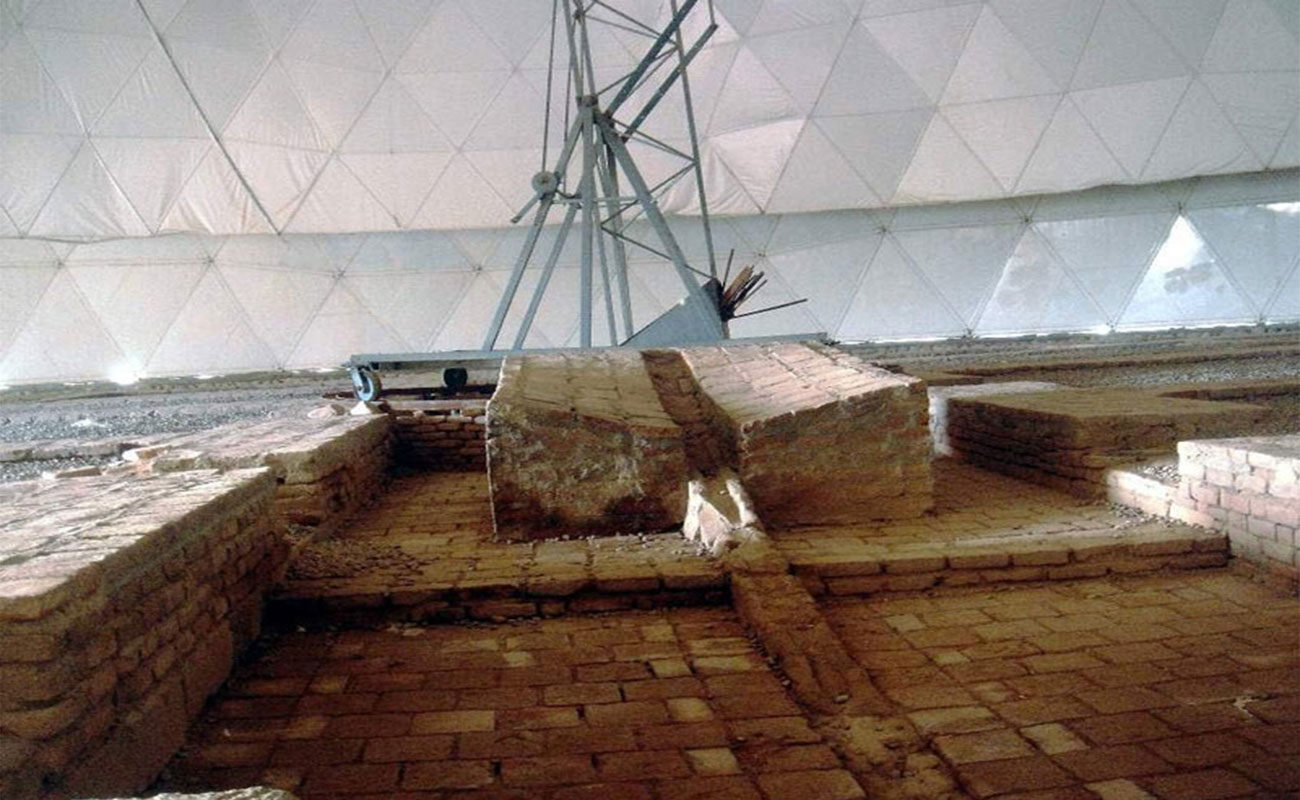
if you visit iran you cant lost the opperrtuanity of visit maraghe observatory. Maragheh (Marāghé or Marāgha) is a city in Northern Iran on the bank of the river Safi Chay. It is located in East Azarbaijan Province, 130 km from Tabriz and has a population of 300,000.
Maragheh is an ancient city situated in a narrow valley running nearly north and south at the eastern extremity of a well-cultivated plain opening towards Lake Urmia, which lies 30 km to the west. The town is encompassed by a high wall ruined in many places, and has four gates. Two stone bridges in good condition, said to have been constructed during the reign of Hulaku Khan (1217-1265), who made Maragheh the capital of the Ilkhanate Empire.
Shortly thereafter it became the seat of the Church of the East Patriarch Mar Yaballaha III. The place is surrounded by extensive vineyards and orchards, all well watered by canals led from the river, and producing great quantities of fruit. The hills west of the town consist of horizontal strata of sandstone covered with irregular pieces of basalt.
Active Image one of the famous burial towers, the Gonbad-e-Kabud (Blue Tower, 1197) is decorated with decorative patterns resembling Penrose tiles.
Its marble, which is known throughout Iran as Maragha marble, is a travertine obtained at the village of Dashkasan near Azarshahr about 50 km north-west from Maragheh. It is deposited from water, which bubbles up from a number of springs in the form of horizontal layers, which at first are thin crusts and can easily be broken, but gradually solidify and harden into blocks with a thickness of about 20 cm. It is a singularly beautiful substance, being of pink, greenish, or milk-white color, streaked with reddish copper-colored veins. It is exported and sold worldwide under such names as Azarshar Red or Yellow.
MActive Imagearagheh observatory is an ancient observatory, which was established in 1259 by Nasir al-Din al-Tusi, an Iranian scientist and astronomer. Located in the heights west of Maragheh, it was once considered one of the most prestigious observatories in the world.

This observatory was built 167 years before the construction of Samarkand Observatory. In its heyday, the observatory was quite reputable. For instance, Chinese experts were dispatched to Maragheh by Emperor Kublai Khan to prepare a prototype. After returning to China, these experts built an observatory based on the Maragheh building.
Later, models based on Maragheh Observatory were built in Samarkand (Uzbekistan), Istanbul (Turkey) and Jaipur (India).
Considerable parts of the groundwork are preserved in the ruins. In a 340 to 135 m² citadel-like area stood a four-story circular stone building of 28 m diameter. The mural quadrant to observe the positions of the stars and planets was aligned with the meridian. This meridian served as Prime meridian for the tables in the Zij-i Ilkhani, as we nowadays apply the meridian which passes the Royal Greenwich Observatory.

The Maragha observatory was the largest observatory in its time, consisting of a series of buildings occupying an area of 150 metres in width and 350 metres in length. One of these buildings was a dome which allowed the sun's rays to pass through. There was also a library consisting of 400,000 volumes, which were plundered by the Mongol Empire during its invasions across Persia, Syria and Mesopotamia. Astronomers from across Persia, Syria, Anatolia and even China were gathered at the observatory, and the names of at least twenty of them who worked at the observatory are known.
What makes the observatory more attractive is the 20 meter to 44 meter deep wells and caves around it where astrologist Khajeh Nassir and his students could track down the movements and the location of stars in the sky.
Active ImageMaragheh Observatory was not just a place for observing stars, but also a scientific organization that shouldered the task of training students in most scientific branches.
It is believed that several Chinese astronomers worked at the observatory and that they introduced several Chinese methods of computation. The Maragha observatory was also reported to have had over a hundred students studying under al-Tusi at the observatory, and was also the first observatory to benefit from the revenues of waqf trust funds. After al-Tusi's death, his son was appointed the director of the institution, but it was later abandoned by the middle of the 14th century. A visit to the ruins of the observatory later inspired Ulugh Beg to construct his own large observatory at Samarkand to continue the astronomical research of the Maragha school from where it left off.

Hulegu Khan believed that many of his military successes were due to the advice of astronomers (who were also astrologers), especially of Nasīr al-Dīn al-Tūsī. Therefore when Tusi complained that his astronomical tables were outdated, Hulagu gave a permission to build a new observatory in a place of Tusi's choice. The library of the observatory contained 40,000 books on many subjects, related to astrology/astronomy as well as other topics. Bar-Hebraeus late in his life took residence close to the observatory in order to use the library for his studies. He has left a description of the observatory.
Active ImageA number of other prominent astronomers worked with Tusi there, such as Muhyi al-Din al-Maghribi, Mu'ayyid al-Din al-'Urdi, from Damascus, Qutb al-Din al-Shirazi, and Hulagu's Chinese astronomer Fao Munji whose Chinese astronomical experience brought improvements to Ptolemaic system used by Tusi.
For his planetary models, Tusi invented a geometrical technique called a Tusi-couple, which generates linear motion from the sum of two circular motions. He also determined the precise value of 51 arcsec for the annual precession of the equinoxes and contributed to the construction and usage of some astronomical instruments including the astrolabe.
And after 12 years of intense work by Khaje Nassir od-Din Tussi and the other prominent scientists the observations and planetary models Active Imagewere compiled in the Zij-i Ilkhani, which later still influenced Copernicus. The tables were published during the reign of Abaqa Khan, Hulagu's son, and named after the patron of the observatory. They were popular until the 15th century.
It is not known with certainty until when it had been active. It turned into ruins as a result of frequent earthquakes and lack of funding by the state. Shah Abbas the Great arranged for repair, however, this was not commenced due to the king's early death.
To save the installation from further destruction, Iran's Cultural Heritage and Tourism Organization (ICHTO) built a dome-framed shelter and it plans to hold an exhibit of astronomical devices used at Maragheh observatory.
Iran will commemorate the 750th anniversary of Maragheh Observatory at Maragheh during May 23-25, which is one of the oldest and biggest observatories established before the invention of telescope.
New Journey New Life
Submit Comment